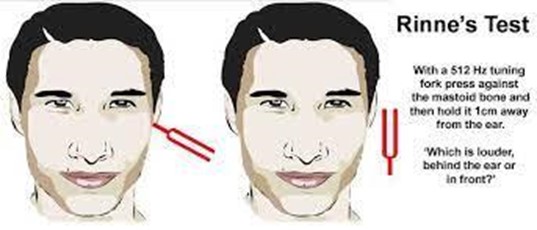A client has a patch test performed with the following results. Which of the following is the best response the nurse will offer the client regarding the observations from the test?
The test assesses for sun protection factor
The test is inconclusive
The presence of erythema indicates you are allergic to the allergen
The areas that did not turn red indicate low risk for skin cancer
The Correct Answer is C
Choice A Reason: The test does not assess for sun protection factor, but rather for contact dermatitis. Sun protection factor is a measure of how well a sunscreen protects the skin from ultraviolet radiation, which can cause sunburn and skin damage.
Choice B Reason: The test is not inconclusive, but rather positive for some allergens and negative for others. The test involves applying small patches of different substances to the skin and observing for any reactions after 48 hours.
Choice C Reason: This is the correct choice. The presence of erythema indicates you are allergic to the allergen, as it shows inflammation and irritation of the skin due to an immune response. Erythema is redness of the skin that can be accompanied by itching, swelling, or blisters.
Choice D Reason: The areas that did not turn red do not indicate low risk for skin cancer, but rather no reaction to the allergen. Skin cancer is a malignant growth of abnormal cells in the skin that can be caused by various factors, such as genetic mutations, exposure to carcinogens, or immunosuppression.
Nursing Test Bank
Naxlex Comprehensive Predictor Exams
Related Questions
Correct Answer is D
Explanation
Choice A Reason: This is incorrect because earphones are not used in the Rinne test. The Rinne test compares air conduction and bone conduction of sound using a tuning fork.
Choice B Reason: This is incorrect because electrodes are not used in the Rinne test. Electrodes are used in electroencephalography (EEG), which measures brain activity.
Choice C Reason: This is incorrect because a probe is not used in the Rinne test. A probe is used in tympanometry, which measures the pressure and mobility of the eardrum.
Choice D Reason: This is correct because a tuning fork is used in the Rinne test. The tuning fork is placed on the mastoid process behind the ear and then moved near the ear canal to compare the sound perception.

Correct Answer is D
Explanation
Choice A Reason: Head trauma is not one of the top causes of blindness in the United States, but rather a possible cause of it. Head trauma can damage the optic nerve, retina, or brain, leading to vision loss or impairment.
Choice B Reason: Cardiovascular disease is not one of the top causes of blindness in the United States, but rather a risk factor for it. Cardiovascular disease can affect the blood supply and oxygen delivery to the eyes, leading to conditions such as glaucoma, macular degeneration, or retinal vein occlusion.
Choice C Reason: Syphilis is not one of the top causes of blindness in the United States, but rather a rare cause of it. Syphilis is a sexually transmitted infection that can affect the eyes, leading to inflammation, scarring, or detachment of the retina.
Choice D Reason: This is the correct choice. Diabetic retinopathy is one of the top causes of blindness in the United States, affecting about 4.1 million adults. Diabetic retinopathy is a complication of diabetes that damages the blood vessels in the retina, leading to bleeding, swelling, or leakage of fluid. It can cause blurred vision, floaters, or blindness if left untreated.
Whether you are a student looking to ace your exams or a practicing nurse seeking to enhance your expertise , our nursing education contents will empower you with the confidence and competence to make a difference in the lives of patients and become a respected leader in the healthcare field.
Visit Naxlex, invest in your future and unlock endless possibilities with our unparalleled nursing education contents today
Report Wrong Answer on the Current Question
Do you disagree with the answer? If yes, what is your expected answer? Explain.
Kindly be descriptive with the issue you are facing.
